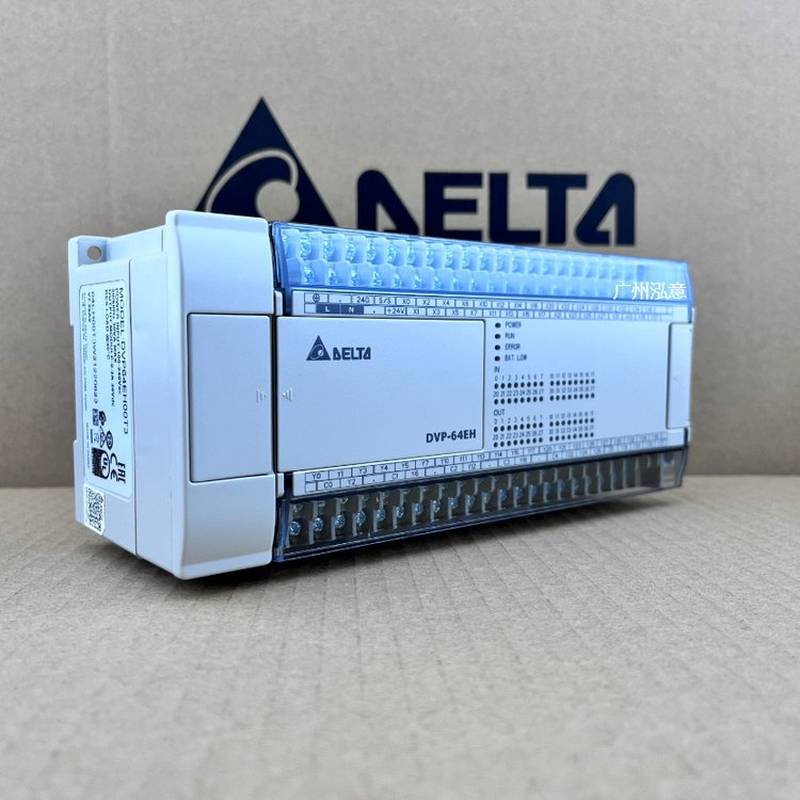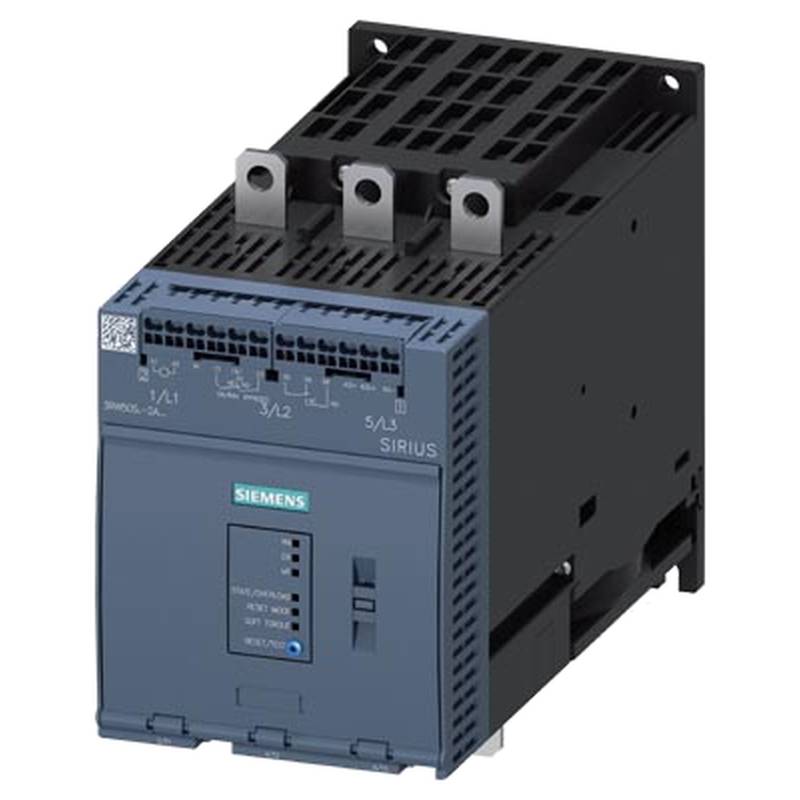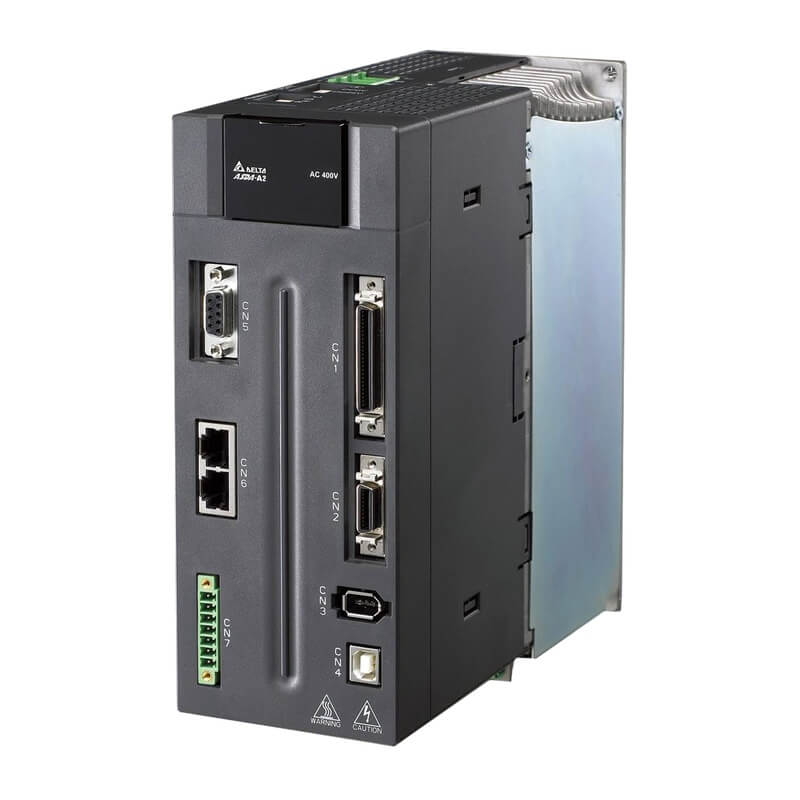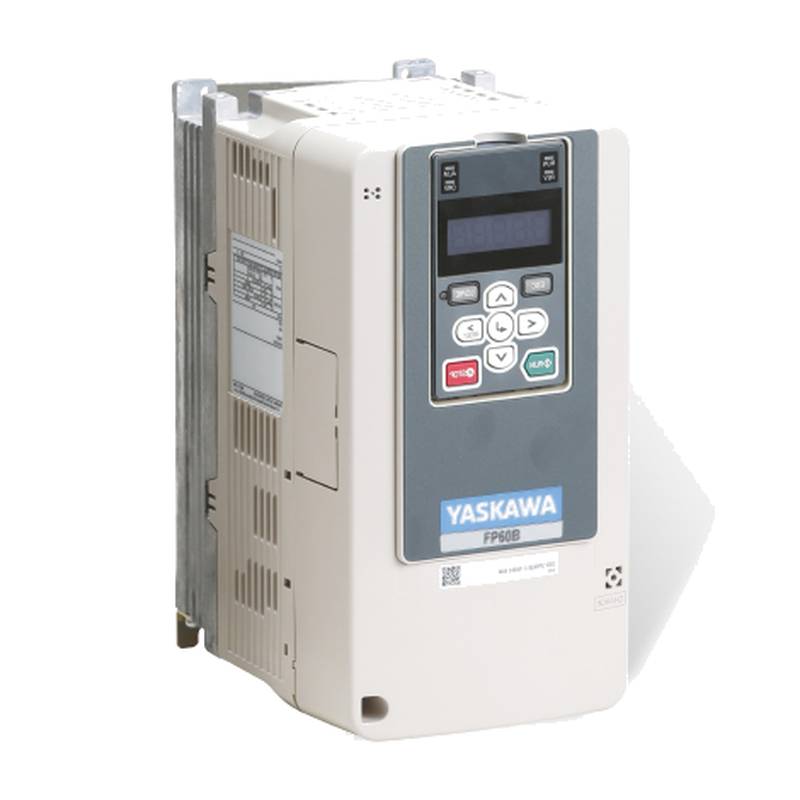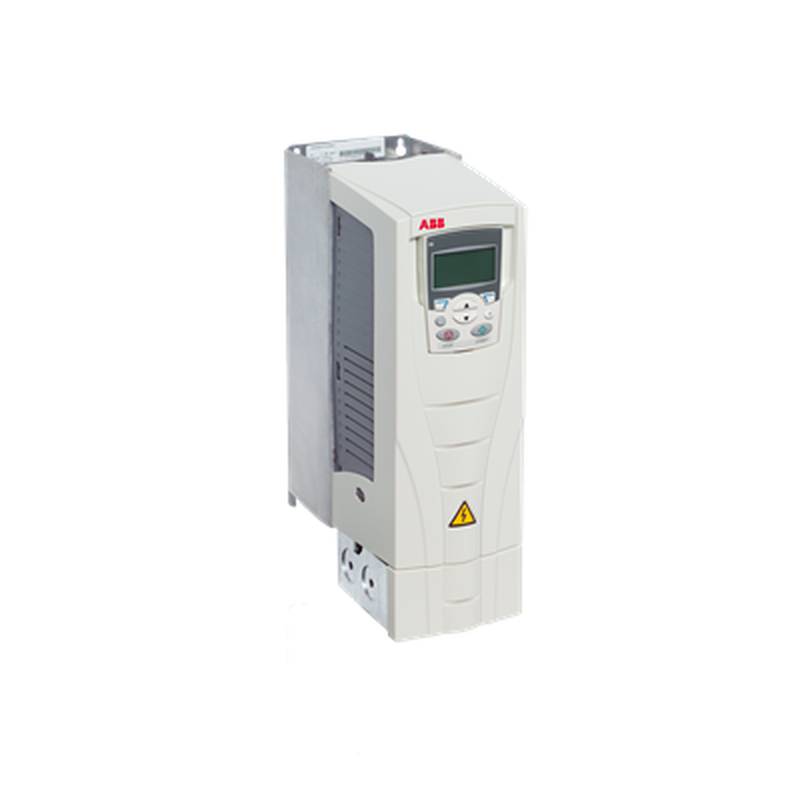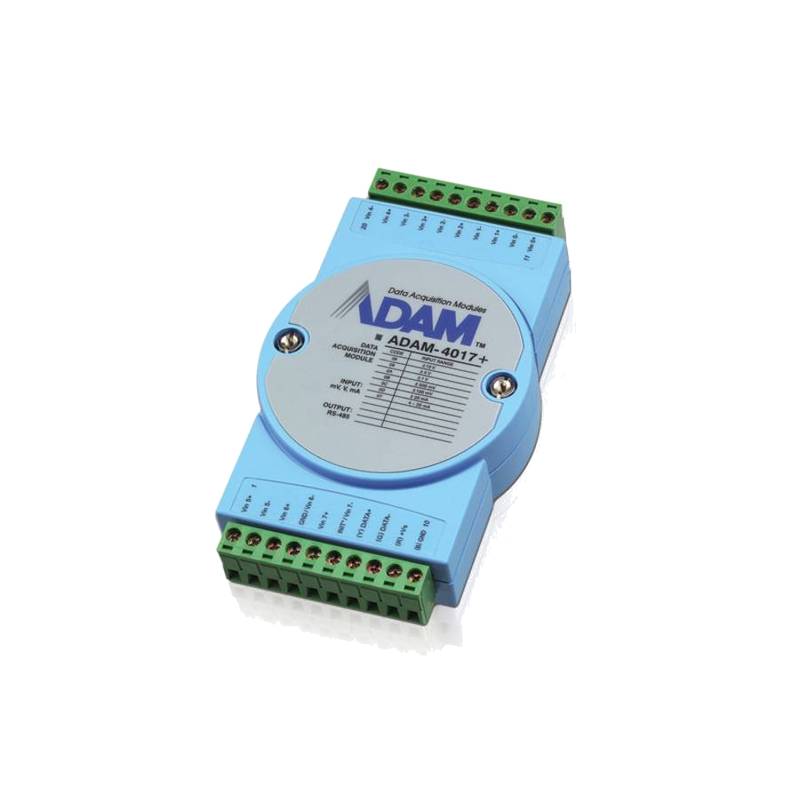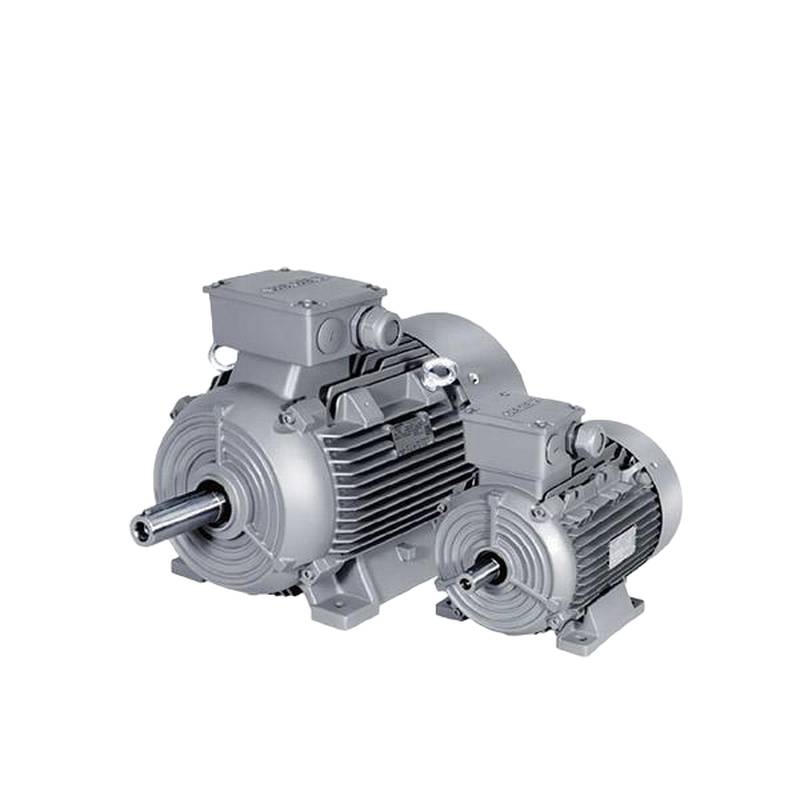
The Siemens 3RT7025-1AC25 is a robust 3RT70 Series AC contactor designed for reliable power control in demanding industrial environments. This 24VAC, 18A contactor features three normally open (3NO) poles, making it an ideal component for switching motor loads and other electrical circuits. Its compact design, enhanced safety features, and proven Siemens quality position it as a preferred choice for electrical engineers and system integrators seeking dependable performance and straightforward integration.
Product Specifications
| Feature | Specification |
| :-------------------- | :------------------------------------------ |
| Manufacturer | Siemens |
| Series | 3RT70 |
| Product Type | AC Contactor |
| Coil Voltage | 24VAC |
| Rated Operational Current (AC-3, 690V) | 18A |
| Number of Poles | 3 |
| Number of Normally Open (NO) Contacts | 3 |
| Number of Normally Closed (NC) Contacts | 0 |
| Auxiliary Contacts | None integrated (requires additional module) |
| Mounting Type | DIN rail or Screw mounting |
| Terminal Type | Screw Terminals |
| IP Protection Rating | IP20 |
| Ambient Temperature | -25 to 60 °C |
| Certifications | UL, CSA, CCC, EAC |
| Dimensions (H x W x D) | 70 mm x 45 mm x 73 mm |
Core Features & Market Positioning
The Siemens 3RT7025-1AC25 distinguishes itself through its adherence to stringent industrial standards and its robust construction, typical of Siemens' commitment to quality and longevity. Its primary advantage lies in its reliability for continuous operation in environments that demand high uptime. The 3RT70 series is engineered for efficient switching of motor loads, offering a balance of performance and compact form factor that is highly valued in control panel design. Compared to some competitors, Siemens contactors often boast superior contact life and enhanced resistance to electrical disturbances, translating to reduced maintenance and operational costs over the system's lifespan. The 24VAC coil voltage is a common and safe choice for many control systems, facilitating easier integration without requiring high voltages for the coil circuit.
Key Application Scenarios
This Siemens 3RT7025-1AC25 contactor is exceptionally well-suited for a wide array of industrial applications where precise and reliable motor control is paramount. It is frequently deployed in the manufacturing sector for controlling pumps, fans, compressors, and conveyors. In the building automation sphere, it finds use in HVAC systems for managing large air handling units or chiller compressors. Its suitability extends to machine tools, where it provides safe and efficient switching of motor drives. The 3NO configuration is standard for direct-on-line motor starting or for switching resistive loads, making it a versatile component for general-purpose power switching.
Practical System Integration Guidance
Integrating the Siemens 3RT7025-1AC25 into existing or new control systems is straightforward due to its standard DIN rail mounting capability and accessible screw terminals. For power wiring, ensure the line (L1, L2, L3) and load (T1, T2, T3) terminals are securely connected to the appropriate power source and the motor, respectively. The 24VAC coil can be wired to a suitable control transformer and a pilot device, such as a start/stop push button or a PLC output. It is crucial to ensure that the coil voltage precisely matches the control power supply to prevent damage. When used with a PLC, the contactor coil can be driven directly from a digital output, provided the output current rating is sufficient, or more commonly, through an intermediate relay or a dedicated PLC output module designed to handle inductive loads. Always consult the detailed wiring diagrams provided by Siemens for specific application configurations, especially when incorporating overload relays or other protective devices.
Operation and Risk Mitigation
Safe operation of the Siemens 3RT7025-1AC25 hinges on proper installation and adherence to electrical safety protocols. Always ensure the power supply is de-energized before performing any wiring or maintenance. The contactor is designed to interrupt electrical loads, but arc suppression is inherent to its design; however, using appropriately rated fuses or circuit breakers upstream is critical for overload and short-circuit protection. Overheating can occur if the contactor is undersized for the load or if contacts become pitted due to excessive switching cycles or fault conditions. Regular inspection of terminals for tightness and signs of discoloration or wear is recommended. While the 3RT70 series does not typically feature integrated diagnostic LEDs for fault indication, system-level monitoring through overload relays or intelligent motor protection devices can provide critical operational feedback and enable prompt troubleshooting.
Scalability & Long-Term Value
The Siemens 3RT7025-1AC25 offers good long-term value due to its robust construction and compatibility with a wide range of Siemens automation components. While this specific model is a standalone contactor, its integration into larger Siemens control systems, such as those based on S7 PLCs or Sirius motor starters, allows for enhanced functionality and scalability. For applications requiring advanced diagnostics or remote monitoring, the 3RT70 series can be augmented with accessory modules for auxiliary contacts, surge suppression, or even integrated into digital twin concepts within Siemens' Industrial IoT (IIoT) ecosystem, such as MindSphere. This ensures that the contactor, as part of a broader intelligent system, contributes to predictive maintenance strategies and optimized operational efficiency over its extended service life.
Frequently Asked Questions
1. What is the primary function of the Siemens 3RT7025-1AC25?
This contactor acts as an electrically operated switch for controlling electric motors and other high-power electrical loads. It allows for remote operation and is key in automated control systems.
It is rated for 18 Amps at 690V AC (AC-3 duty), suitable for switching motor circuits. The coil operates on 24VAC, providing a safe and common control voltage.
Its three normally open contacts are ideal for three-phase motor applications, enabling direct on-line starting or switching of resistive loads.
2. Can this contactor be used for DC applications?
No, the Siemens 3RT7025-1AC25 is specifically designed for AC (Alternating Current) circuits. Using it for DC loads can lead to coil burnout or failure to properly open contacts.
DC circuits require contactors with different arc quenching capabilities and contact configurations to handle the continuous current and prevent welding.
For DC applications, you would need to select a contactor explicitly rated for DC voltage and current, such as those in Siemens' DC contactor ranges.
3. What type of overload protection is recommended with this contactor?
An appropriately sized overload relay (thermal or electronic) must be used in conjunction with the 3RT7025-1AC25 for motor protection. This relay is typically mounted below the contactor.
The overload relay monitors motor current and trips the control circuit, causing the contactor to open if the motor draws excessive current for too long, preventing damage.
Ensure the overload relay's current setting range is correctly matched to the motor's full load ampere (FLA) rating and the contactor's rating to provide effective protection.
4. How do I wire the 24VAC coil for this contactor?
Connect the 24VAC supply to terminals A1 and A2 on the contactor coil. A1 is typically the live or positive terminal, and A2 is the neutral or negative terminal.
Always verify the polarity and voltage of your 24VAC control transformer to prevent coil damage. Use appropriate gauge wiring for the control circuit.
This coil voltage is safe for operators and allows for easy integration with standard control power supplies and PLC outputs.
5. What are the main advantages of using Siemens 3RT70 series contactors?
Siemens 3RT70 contactors offer high reliability, a compact design for space-saving panel building, and robust construction for industrial environments.
They provide a long electrical and mechanical service life, reducing downtime and maintenance costs over the product's lifespan.
Compliance with international standards (IEC, UL, CSA) ensures broad applicability and acceptance in global projects.
6. Can auxiliary contacts be added to the 3RT7025-1AC25?
Yes, auxiliary contact modules can typically be attached to the front or side of the 3RT7025-1AC25 to provide additional switching capabilities.
These auxiliary contacts are used for signaling, interlocking, or creating more complex control logic within the electrical system.
Common add-ons include normally open (NO) or normally closed (NC) contacts, allowing for flexibility in system design.
7. What is the significance of the "3NO" designation?
"3NO" means the contactor has three poles, and each pole consists of a normally open (NO) contact. This configuration is standard for switching three-phase loads like motors.
When the coil is energized, these three contacts close simultaneously, completing the power circuit to the load.
When the coil is de-energized, the contacts return to their normal open state, interrupting the circuit.
8. What is the IP rating of this contactor?
The Siemens 3RT7025-1AC25 typically has an IP20 rating. This means it is protected against solid objects greater than 12.5 mm (like a finger) but offers no protection against water ingress.
It is designed for use within enclosures or control cabinets where adequate protection from the environment is already provided.
Ensure the installation location is suitable for an IP20 device to maintain operational integrity and safety.
9. How does this contactor compare to a magnetic switch or starter?
A contactor is a component, whereas a motor starter often combines a contactor with an overload relay and a manual disconnect. This 3RT7025-1AC25 is the contactor part.
A motor starter provides a complete package for motor control and protection, including overcurrent protection and manual ON/OFF control.
While this contactor can be part of a motor starter assembly, it requires external components for overload protection and full control functionality.
10. What are common troubleshooting issues for this type of contactor?
Common issues include the coil not energizing (check wiring and voltage), contacts failing to close (dirt, pitting, or mechanical obstruction), or contacts welding shut (overload or severe fault condition).
Ensure the control voltage is stable and within the specified range for reliable coil operation. Inspect contacts for wear or signs of arcing.
If a contactor fails to operate, disconnect power immediately and inspect for physical damage or signs of overheating before attempting any repairs or replacement.
















